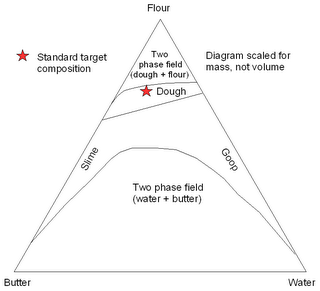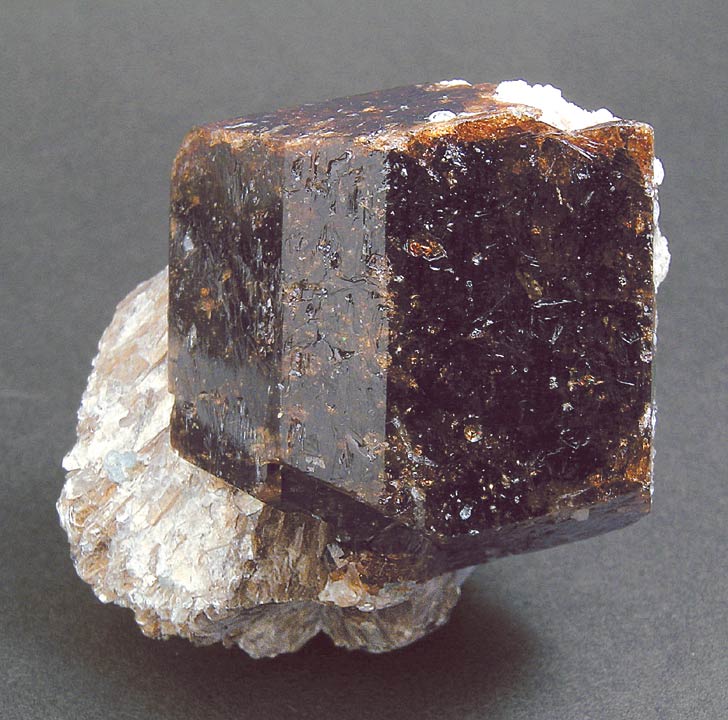Rare Earth Revelry two: Incompatibility and rare earth patterns
As I explained in the last Rare Earth Revelry, the ionic radius of the Rare Earth Elements decreases in a systematic manner with atomic number (figure 1, revisited).
Figure 1. ionic radii of various REE and other elements (repeated from last time).
As you can see, the ionic radii for aluminum and magnesium are quite small. Silicon (not shown) is smaller still. So the magnesium/silicon/aluminum minerals that make up the bulk of the Earth’s mantle have difficulty fitting the large REE into their structures. However, the mantle also contains calcium minerals, and this allows some of the REE, particularly the heavier ones, to squeeze into a calcium site under some circumstances.
When the mantle melts, the melt has a much more fluid structure than the minerals, so it can accommodate the REE more easily. This means that during partial melting ,the REE generally partition into the melt relative to the residual minerals.
The ratio in which an element partitions into melt vs. residual crystals is known as its compatibility, and is represented by something called a D value. The D value is the ratio of the concentration of an element in the mineral relative to the concentration in the melt.
An element with a D value higher than one is compatible; it tends to remain in the mineral. An element with a D value less than one is incompatible. D values depend on the minerals present during melting, but under most circumstances, the REE are incompatible, and the light REE are more incompatible than the heavy REE.
The degree of the difference in compatibility between the light and heavy rare earth depends on the degree of melting, and the exact minerals present in the residue. Garnet residues, in particular, tend to hang on to the heavy rare earth elements while excluding the light ones.
Some examples of this can be shown in figure 2.

Figure 2. The REE pattern of a lunar anorthosite (blue line), compared to some terrestrial rocks. From the wustl meteorite pages
This figure, from the lunar crust, shows the REE pattern of feldspar crystallized from the lunar magma ocean (blue line). The REE pattern is almost flat. In contrast, garnet is present in the deep terrestrial mantle where the magmas that bring diamonds to the surface form. Figure 3 shows the rare earth element pattern for one of these magmas, called a kimberlite.

Figure 3. The REE pattern of a kimberlite. From Le Roex et al.
The relative incompatibility is important for understanding the composition and economics of rare earth element mines, as will be discussed next week.
Rare Earth Revelry
Week -1
Introduction
Week 1
Week 2
Week 3
Week 4






















